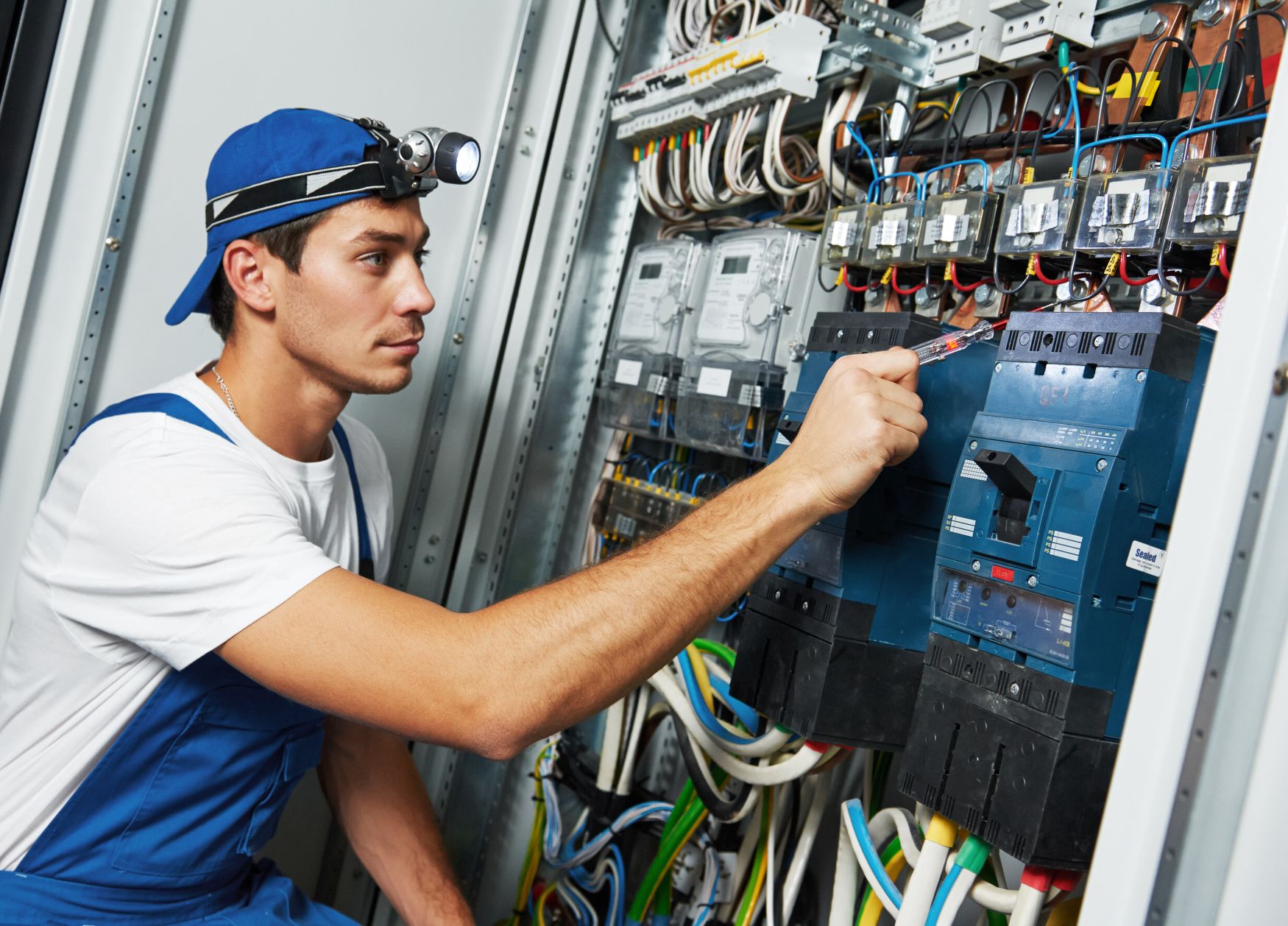Electric Energy A Geothermal Heat Pump Can Help You Save Money On Electric Energy Costs
If you are struggling with the constantly rising cost of electric energy, then you might want to consider the installation of a geothermal heat pump. These home heating and cooling units can be expensive at the outset, but they pay for themselves in energy savings in five to ten years, and they can last twenty five years or more. They will also drastically reduce your home’s carbon footprint.
Regular heating and cooling units work by exchanging heat with the surrounding air. In the summer months, they pump heat out of the home, forcing cool air in. In the winter, they obtain heat from the air outside and dispense it through the home through the ductwork. Even cold air has heat energy, but the colder the air gets the harder the pump has to work to extract that heat.
Geothermal pumps save energy because they are buried underground. This allows them to exchange heat with the ground instead of the air. Underground temperatures remain fairly constant no matter what the air temperature is above. At depths of 20 feet, the temperature of the surrounding soils in constantly in the range of 50 to 60 degrees Fahrenheit. So, in the winter when the air temperatures can dip below zero in some locations, a geothermal pumps doesn’t have to work anywhere hear as hard to heat the home as a regular heating system trying to extract heat from the frigid outside air.
Because of the energy savings and positive effect on the environment, the federal government offers tax incentives for the purchase and installation of geothermal systems. The Energy Star program was designed to inspire people to exchange their old appliances with ones that are more eco-friendly and energy efficient. In 2009, the government removed the cap on the 30% tax credit on equipment and labor for the installation of Energy Star qualified heat pumps. The United States Environmental Protection Agency has found that geothermal systems can reduce home heating bills by 30% to 40%.
Besides income tax credits, local governments and utilities also offer incentives for the purchase and installation of these systems. Many local and state governments offer their own tax credits. And utility companies are offering rebates for the installation of systems and appliances that reduce a home’s energy consumption. This tax reductions and rebates help make these systems more affordable.
The price for a geothermal heat pump unit is around $3500. Additional options like a two stage compressor and a water heater can jack the price up to $7500. This does not include installation. Adding the cost of excavation and installation, the total price ranges between $10,000 and $25,000. The cost can be affected by the depth at which the pump is to be installed and the condition of the ground. Installation typically takes from 1 to 3 days.
Even mortgage companies realize the savings generated from these systems, and many offer favorable mortgage options to help homeowners pay for installation. They do this because they know that the significant energy savings will free up enough money to pay the cost of the loan. You can take out a separate loan, or you can refinance with an energy improvement mortgage.
Geothermal heating systems are definitely expensive, but the savings in electric energy cost are so great that mortgage companies and governmental agencies want to help people with the cost of installation. It is difficult to gauge their reliability as this is fairly new technology. However, the majority of systems installed 25 years ago are still running strong and saving homeowners money, well past the time that they paid for themselves.
Category: Const - Electrical
Related Articles
- Common Electrical Problems in the Home
- Are Electricians Expensive What do They Charge Per Hour
- Electrician Hourly Wages - What is the Salary Range
- Understand Energy Efficiency Ratings to Help The Environment
- Finding the Best Residential Energy Rates
- Qualifications Needed to Become an Electrician
- How To Find A Good Electrician
- 12 Things Electricians want you to know
- The Four Methods For Home Energy Savings
- Electrical Wire Color Codes - What Do They Mean
- Save Energy and Save Money
- The Best Way To Choose the Best Electrician
- Electrical Wiring Basics for do it yourselfers
- How to Save Money on my Electric Bill
Business News
Popular Posts
- Boosting Self-Confidence and Self-Esteem - Your Path to Empowerment
- Cultivating Resilience and Mental Toughness - Keys to Thriving Amidst Lifes Challenges
- 50 positive affirmations to be read every day
- Mind Balance - for those who dare to redefine their limits
- MindBalance not only helps individuals but couples stay together longer
- Mind Balance - 100 Innovative Ways it Can Unleash Your Full Potential
- Unlocking Potential - The Power of Personality Assessment in Overcoming Obstacles
- Embracing Faith and Self - A Christian Guide to Personal Strengths and Weaknesses
- Hindu Wisdom for Modern Lives - Balancing Strengths and Weaknesses through Vedic Teachings
- Buddhist Reflections - Navigating the Path of Self-Awareness and Enlightenment
- Uniting in Universal Love - Embracing Commonalities Across Faiths
- Illuminating the Path - Overcoming Ignorance and Misunderstanding in World Religions
- Cultivation and Improvement of Personality Traits to Deepen Ones Relationship with God
- How Mind Balance Can Improve the Mindsets of Employees
- A Cautionary Vision - The Grim Future of a Divided World Without Love and Balance
- Balancing Act - How Understanding Personalities Could Unlock World Peace
- Harnessing Personality Assessment for Enhanced Well-being and Fulfillment
- Discovering Hinduism - A Deep Dive into Its Traditions Texts and Teachings
- The Essence of Islam - Understanding Its Beliefs Rituals and Cultural Significance
- Clearing Mental Plaque: The Path to Enhanced Communication and Divine Connection
